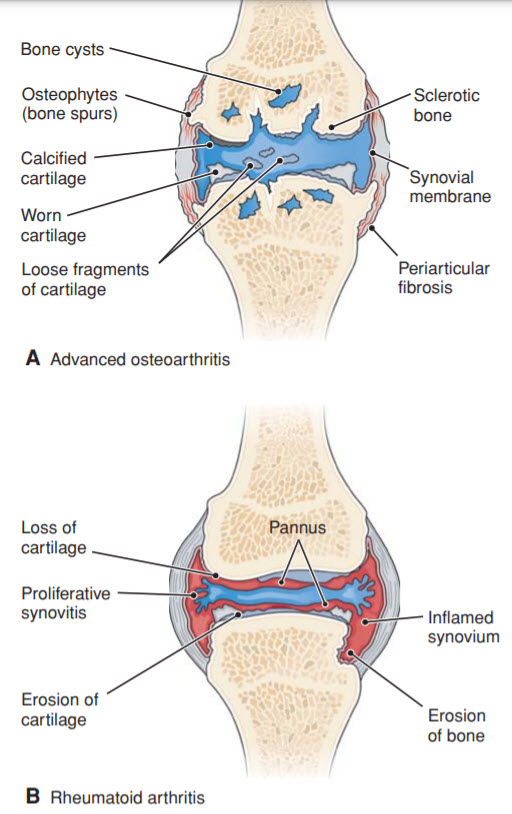Question 8#
A 47-year-old obese man presents with pain in his bilateral knees that has worsened over the last year. The pain is alleviated by rest and worsened by walking. The patient has never taken any medications for the pain, but warm compresses temporarily cause relief. The patient has a history of type 2 diabetes and hyperlipidemia. Physical examination shows a BMI of 33 kg/m2 . A “grating” sound is appreciated on palpation over the knee joints bilaterally.
Which of the following is the best initial treatment for this patient?
A. Intra-articular corticosteroid injectionB. Acetaminophen
C. Naproxen
D. Allopurinol
Correct Answer is B
Comment:
Acetaminophen. This patient is obese, greater than 40 years of age, and is presenting with bilateral knee pain. The fact that the pain is worsened with activity and relieved by rest suggests that it most likely secondary to osteoarthritis (OA). If he reported morning stiffness lasting greater than 30 minutes and had systemic symptoms, rheumatoid arthritis would have been the likely diagnosis. OA is a noninflammatory arthritis that results in eroding cartilage in the intra-articular joints. This causes joint crepitus (a “grating” or popping sound) that occurs when the surfaces of the joint grind against each other. Although the diagnosis is usually made clinically, the typical changes seen on x-ray include joint space narrowing, subchondral sclerosis (increased bone formation around the joint), subchondral cyst formation, and osteophytes (Figure below shows the articular changes seen in osteoarthritis and rheumatoid arthritis). Acetaminophen is the first-line treatment for mild to moderate OA. It is just as efficacious as NSAIDs in alleviating the pain in OA with considerably fewer side effects. Nonetheless, while most guidelines do indeed recommend acetaminophen as first-line treatment for pain, acetaminophen toxicity remains a real public health concern as it is the leading cause of acute liver failure in the United States. The therapeutic window of acetaminophen is not wide; in fact, toxicity occurs just above the recommended 4 g/d for adults.
(A) Intra-articular corticosteroid injections lead to short-term pain relief that lasts up to a few months. This should not be the initial treatment in OA. (C) Naproxen is an NSAID and although NSAIDs have been shown to be efficacious in the treatment of OA, their side effect profile consists of gastrointestinal and renal consequences that make them second-line treatments. (D) Allopurinol is used in the prophylactic treatment of gout. It acts via inhibition of xanthine oxidase, which decreases production of uric acid. It is not used in the treatment of OA.
